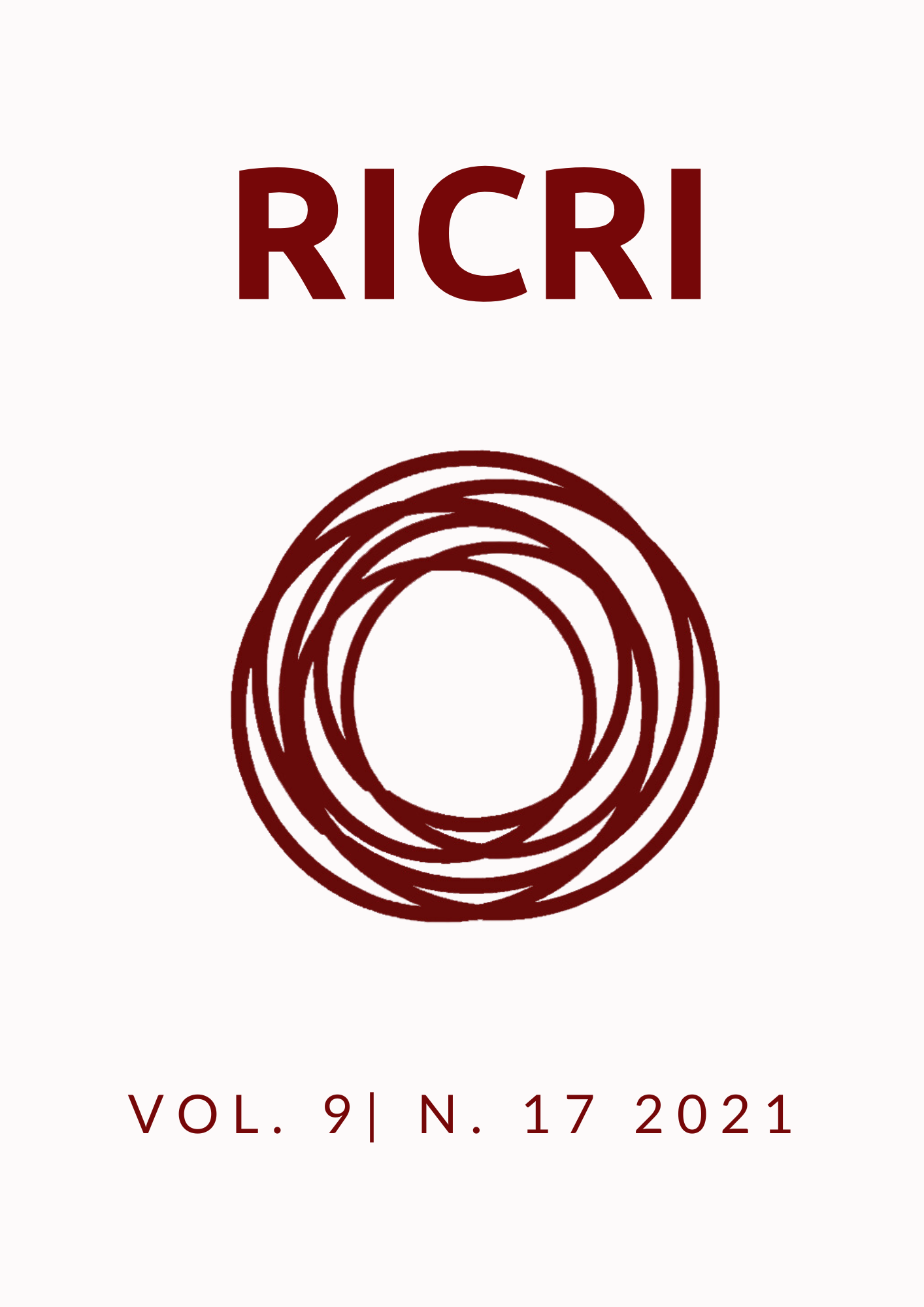A Tripolaridade Acadêmica na discussão sobre a Hegemonia Internacional
Notas sobre os Neorrealistas, os Neogramscianos e Susan Strange
DOI:
https://doi.org/10.22478/ufpb.2318-9452.2021v9n17.49055Abstract
The issue of international hegemony, articulated with the debate about the distribution of power, is central to International Relations. It is discussed by several schools of thought, the best known being the theory of structural realism and the neogramscian approach. However, these readings are not the only ones and have important analytical limitations. This article discusses the basic assumptions of the two traditional readings on international hegemony and analyzes the conceptual contribution of Susan Strange's work, which offered another paradigm for understand international hegemony. The author argues that Strange's reading of structural power and international hegemony is not associated with either one of the two traditional perspectives and, while limited, is more fruitful for the analysis of the distribution of international power. The conclusion is that there are three important methods for analyzing international hegemony and not just two as one part of the literature suggests.
Downloads
Published
How to Cite
Issue
Section
License
Copyright (c) 2021 Journal of Scientific Initiation on International Relations

This work is licensed under a Creative Commons Attribution-NonCommercial 4.0 International License.
Authors who publish with this journal agree to the following terms:
a. Authors retain copyright and grant the journal right of first publication with the work simultaneously licensed under a Creative Commons Attribution License that allows for sharing of work with acknowledgment of its initial publication in this journal.
b. Authors are able to take on additional contracts separately for non-exclusive distribution of the version of the work published in this journal (e.g., post it to an institutional repository or as a book), with an acknowledgment of its initial publication in this journal.
c. Authors are permitted and encouraged to post their work online ( eg, in institutional repositories or on their website) at any point before or during the submission process, as it can lead to productive exchanges , as well as increase the impact and citation of published work ( See the Effect of Open Access).




